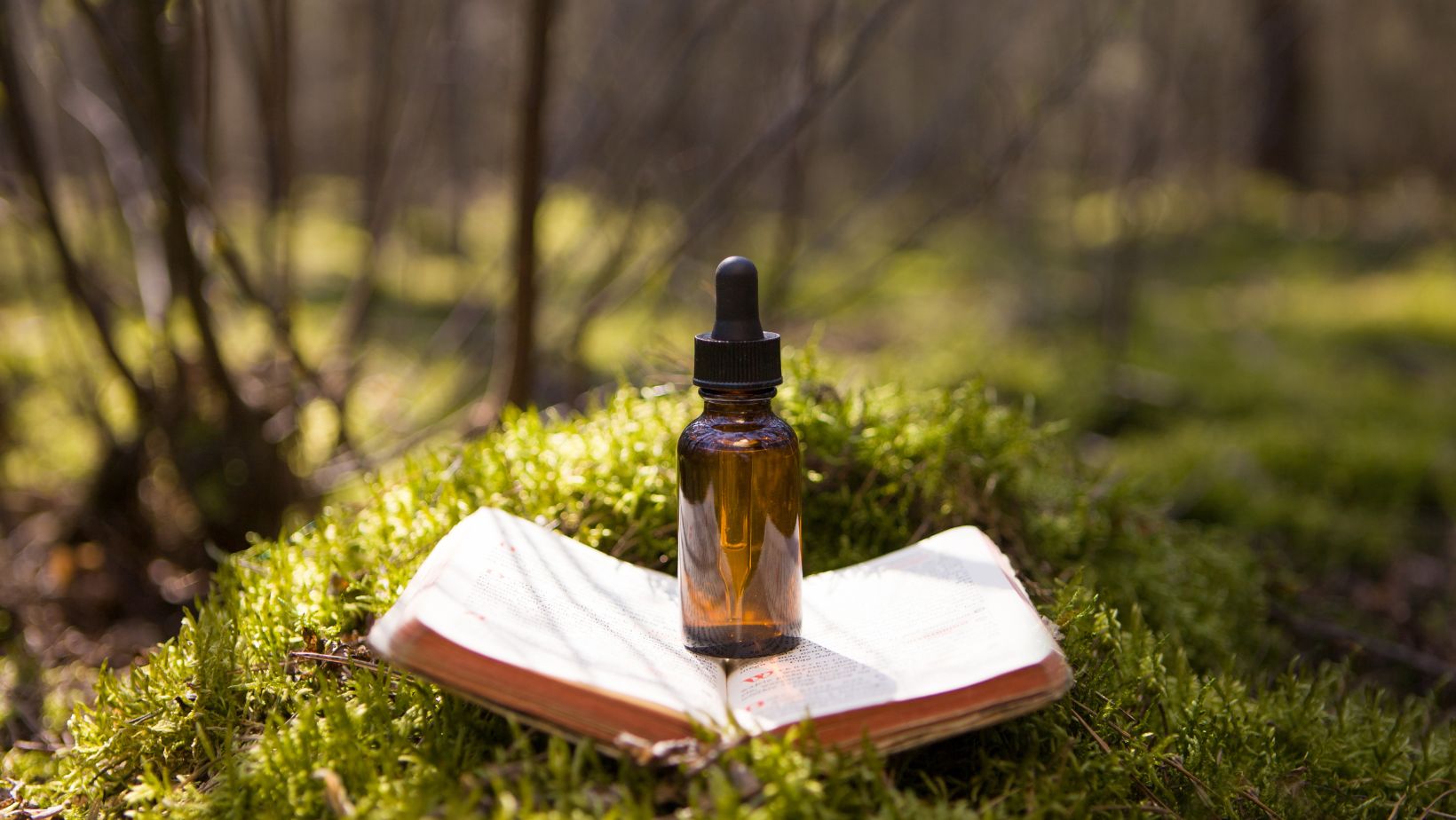Throughout human history, our ancestors relied on a wealth of knowledge to treat injuries, illnesses, and ailments with the resources available to them. These ancient survival medicine practices often relied on natural remedies and traditional techniques passed down through generations. In this article, we will explore some of the ancient survival medicine practices that have been lost to history but hold valuable insights into the human capacity for healing and resilience.

Herbal Remedies from Ancient Civilizations
Egyptian Healing Secrets
The ancient Egyptians are renowned for their advancements in medicine. Their knowledge of medicinal herbs and remedies was recorded in the Ebers Papyrus, one of the oldest medical texts in existence. Some notable practices included:
- Use of Aloe Vera: Aloe vera was used to treat wounds, burns, and skin conditions. Its natural soothing and healing properties are still recognized today.
- Honey as an Antiseptic: Honey, with its antibacterial properties, was applied to wounds and infections to prevent the spread of bacteria.
Ayurvedic Medicine in India
Ayurveda, a system of traditional medicine originating in India, has a rich history dating back thousands of years. It emphasizes the balance between the mind, body, and spirit. Ancient Ayurvedic remedies included:
- Turmeric for Inflammation: Turmeric, a potent anti-inflammatory, was used to alleviate pain and reduce swelling.
- Tulsi (Holy Basil) for Immunity: Tulsi, or holy basil, was believed to boost immunity and fight off infections.
Traditional Chinese Medicine
Acupuncture and Moxibustion
Ancient China is known for its innovative medical practices, including acupuncture and moxibustion. These therapies involved:
- Acupuncture Needles: Thin needles were inserted into specific points on the body to restore the flow of energy (Qi) and alleviate various ailments.
- Moxibustion: Moxa, made from the herb mugwort, was burned near or on the skin to stimulate healing and warmth.
Herbal Formulas and Tinctures
Chinese herbal medicine incorporated various herbs, roots, and animal products to create potent remedies for a wide range of conditions. These formulas aimed to restore balance within the body and promote overall well-being.
Ancient Native American Healing Practices
Herbal Knowledge of Native Tribes
Indigenous peoples in North America relied on their deep understanding of the land’s resources to treat various ailments. Their knowledge included:
- Plant-Based Medicines: Native Americans used herbs like echinacea, yarrow, and goldenrod for their healing properties.
- Sweat Lodges: Sweat lodges were used for purification and healing, promoting physical and spiritual wellness.
Shamanic Healing Rituals
Native American tribes often incorporated shamanic rituals, which involved the spiritual world and the guidance of shamans, or medicine men and women.
Greek and Roman Medicine
Hippocratic Corpus
The ancient Greeks, led by Hippocrates, created the foundation for modern medicine with their principles of scientific observation and record-keeping. Key contributions included:
- Hippocratic Oath: The ethical guidelines for medical professionals, emphasizing the importance of patient care and confidentiality.
- The Four Humors: The theory of balancing the four humors (blood, phlegm, black bile, and yellow bile) to maintain health.
Roman Sanitation
The Romans developed advanced sanitation practices that improved public health:
- Aquaducts and Public Baths: Aqueducts supplied clean water to cities, and public baths were a central part of Roman life, emphasizing personal hygiene.
- Public Toilets: Rome’s communal latrines were innovative for their time, with sewage systems to remove waste from the city.
The Wisdom of the Indigenous South American Tribes
Amazonian Plant Medicine
Indigenous tribes in the Amazon Rainforest have long understood the medicinal properties of local plants. Their knowledge includes:
- Ayahuasca: This plant-based brew is used in shamanic ceremonies for spiritual and healing purposes, and it is now being studied for its potential therapeutic benefits.
- Curare: Indigenous peoples developed curare, a paralyzing poison used for hunting. It has also been used in modern medicine as a muscle relaxant during surgery.
Traditional Andean Healing
Andean communities in South America have practiced traditional healing for centuries, using techniques like:
- Coca Leaf Uses: Coca leaves are used for energy and altitude sickness relief in the Andes. They have been recognized for their stimulant properties and are the basis for modern cocaine.
- Despacho Ceremony: A ceremonial offering to the spirits, despacho ceremonies are used to express gratitude and seek blessings.
Conclusion
The ancient survival medicine practices of our ancestors are a testament to human adaptability, resourcefulness, and the deep connection between nature and well-being. While many of these practices have been lost to history, they continue to influence modern medicine and holistic wellness. Exploring these ancient traditions reminds us of the timeless wisdom that has been passed down through generations, and the importance of connecting with our natural environment to heal and thrive. As we look back at these ancient remedies, we can find inspiration in the timeless quest for health, harmony, and healing.














